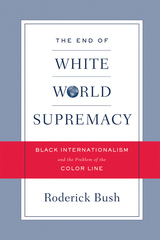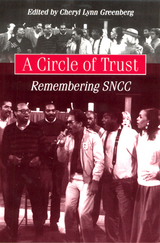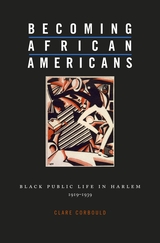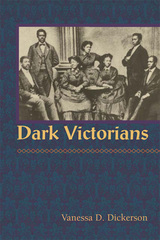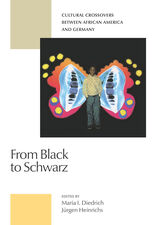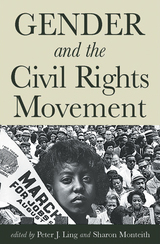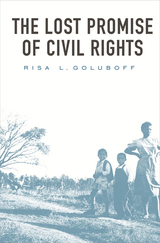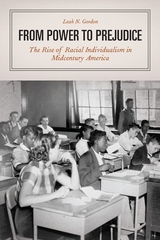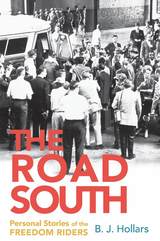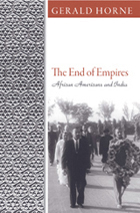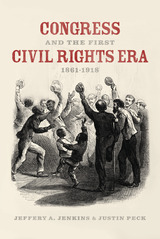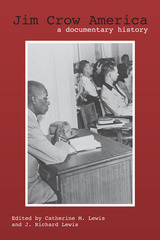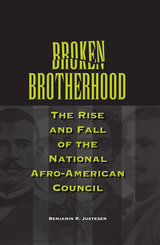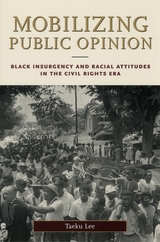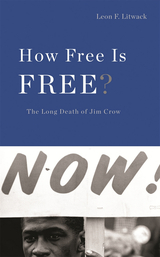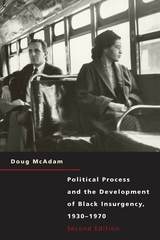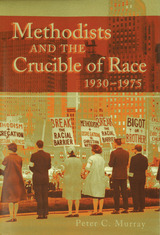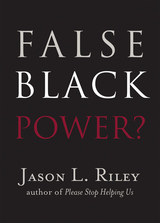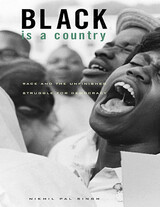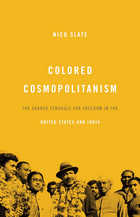Jim Crow America: A Documentary History
University of Arkansas Press, 2009
Paper: 978-1-55728-895-0 | Cloth: 978-1-55728-894-3 | eISBN: 978-1-61075-213-8
Library of Congress Classification E185.61.J527 2009
Dewey Decimal Classification 305.896073009041
Paper: 978-1-55728-895-0 | Cloth: 978-1-55728-894-3 | eISBN: 978-1-61075-213-8
Library of Congress Classification E185.61.J527 2009
Dewey Decimal Classification 305.896073009041
ABOUT THIS BOOK | AUTHOR BIOGRAPHY | TOC | REQUEST ACCESSIBLE FILE
ABOUT THIS BOOK
The term “Jim Crow” has had multiple meanings and a dark and complex past. It was first used in the early nineteenth century. After the Civil War it referred to the legal, customary, and often extralegal system that segregated and isolated African Americans from mainstream American life. In response to the increasing loss of their rights of citizenship and the rising tide of violence, the National Association for the Advancement of Colored People was founded in 1909. The federal government eventually took an active role in dismantling Jim Crow toward the end of the Depression. But it wasn’t until the Lyndon Johnson years and all the work that led up to them that the end of Jim Crow finally came to pass. This unique book provides readers with a wealth of primary source materials from 1828 to 1980 that reveal how the Jim Crow era affects how historians practice their craft. The book is chronologically organized into five sections, each of which focuses on a different historical period in the story of Jim Crow: inventing, building, living, resisting, and dismantling. Many of the fifty-six documents and eighteen images and cartoons, many of which have not been published before, reveal something significant about this subject or offer an unconventional or unexpected perspective on this era. Some of the historical figures whose words are included are Abraham Lincoln, Marcus Garvey, Booker T. Washington, Richard Wright, Paul Robeson, Langston Hughes, Adam Clayton Powell, and Marian Anderson. The book also has an annotated bibliography, a list of key players, a timeline, and key topics for consideration.
See other books on: Documentary History | Lewis, Catherine M. | Lewis, J. Richard | Racism | Segregation
See other titles from University of Arkansas Press

